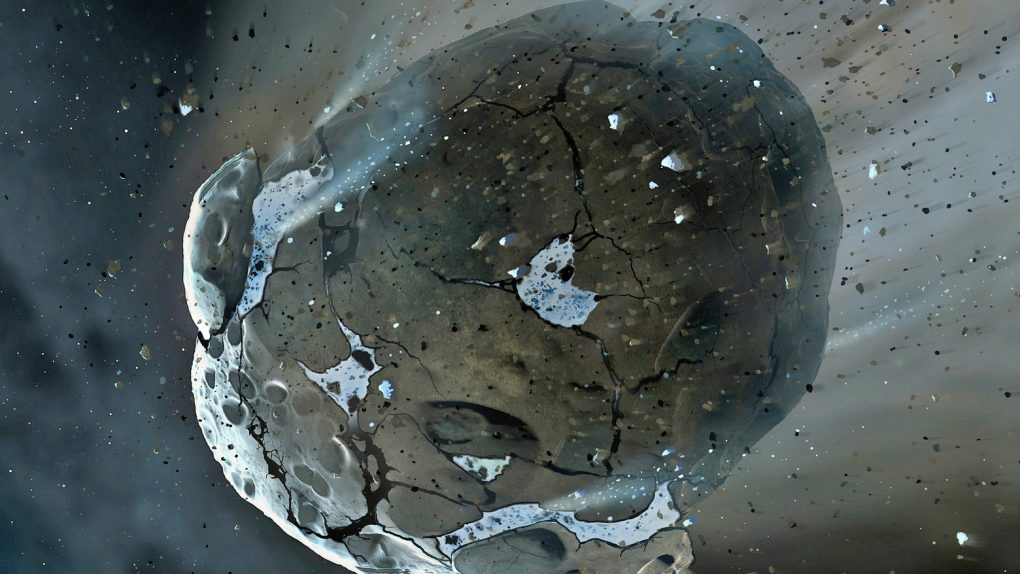Thanks to the steady stream of new asteroid discoveries that rolls out of NASA and other skywatching groups around the world you might think that any object that threatens Earth will be spotted well in advance. Unfortunately that’s only half true. NASA estimates that it’s spotted around 95% of the space rocks that could cause a full-on global apocalypse, but there are still many smaller objects that are lurking in the shadows.
These smaller rocks might not be true “planet killers,” but they could still cause some serious damage if they end up on a collision course with the Earth. Now, NASA has published a new paper that explains how it plans to account for these potentially dangerous objects.
This “near-earth object preparedness plan” (PDF here) explains how NASA will coordinate with other agencies to detect and track the presence of near-Earth objects. The plan, which NASA says will be a decade-long effort to ensure that scientists have the right approach to dealing with threats from space.
“NASA’s Near-Earth Object Observation Program funds asteroid detection and tracking efforts at observatories across the U.S. and in space, and collaborates with other observatories around the world,” NASA writes in a new article. “NASA’s Center for Near-Earth Object Studies (CNEOS) at the agency’s Jet Propulsion Laboratory in Pasadena, California, maps and publishes the orbits of all detected objects so that everyone can understand the potential risk. NASA also is studying approaches for deflecting (turning aside) or disrupting (breaking up) asteroids.”
At the moment, if we spotted a dangerous space rock headed for Earth on the short term there would be very little we could do to alter our fate. If an asteroid was due to arrive in days, weeks, or even a few months, we would be largely helpless. NASA’s new plan aims to change that, creating a framework in which scientists can relay information and groups like NASA can deploy pre-built countermeasures that could save countless lives.
“By completing the action plan, NASA and several other departments and agencies will evaluate and begin development of various approaches and technologies for defending Earth from a significant impact,” NASA says. Let’s just hope our luck holds out until NASA’s plans come to fruition.







